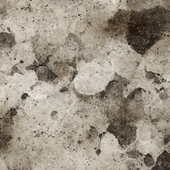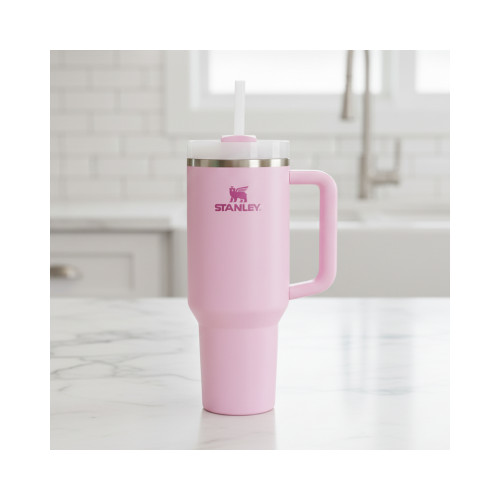
The Dangers of Mould in Your Home
As winter approaches, you might start asking yourself how do I remove mould from my walls? Unbeknownst to many, the seemingly innocuous presence of mould, also referred to as mildew or damp, can pose a significant threat within our homes. Its quiet invasion not only impacts the aesthetics of our living spaces but also presents multifaceted dangers that often remain unseen. From health implications to structural damage, the repercussions of mould are far-reaching. Understanding its risks, select the right home cleaning product, knowing how to eradicate it effectively and taking proactive measures to prevent its return are vital in maintaining a healthy living environment.
The Dangers of Mould
- Health Risks: Mould exposure is linked to a range of health issues. It can cause allergic reactions such as sneezing, coughing, and skin irritation. For individuals with asthma, mould can trigger attacks, leading to difficulty in breathing and exacerbating respiratory problems. Prolonged exposure to certain types of mould can result in severe health complications, including chronic lung conditions and infections.
- Structural Damage: The insidious growth of mould can compromise the integrity of a building. It feeds on organic materials such as wood and drywall, weakening their structure over time. This degradation can lead to rotting, warping, and eventually, structural instability, necessitating costly repairs.
- Unpleasant Odours: Mould-infested areas often emit a distinctive musty, unpleasant odour. This odor is a result of volatile organic compounds released by the mould. Even after the removal of the mould, the smell can linger and prove challenging to eliminate, impacting the overall indoor air quality and creating an unpleasant living environment.
Prevention for Future Protection
- Control Humidity Levels: Use dehumidifiers in areas prone to dampness to reduce moisture levels. Ensure proper ventilation in spaces like bathrooms and kitchens to allow air circulation and prevent moisture buildup. Promptly repair any leaks or water intrusions, and take steps to avoid condensation by adequately insulating and ventilating your home.
- Regular Inspections: Conduct frequent checks in damp-prone areas such as basements, attics, and crawl spaces. Look for any signs of leaks, water damage, or moisture buildup. Address these issues immediately to prevent the conditions that foster mould growth.
- Proper Maintenance: Regular cleaning and drying of surfaces and materials prone to moisture can impede mould growth. Promptly repair any water damage or leaks in plumbing, roofs, or walls to prevent mould from finding a conducive environment to thrive.
Treating Mould
- How to Clean Mould Off Walls: Use a mix of warm water and detergent, or a vinegar or bleach solution, scrub gently, then rinse and dry thoroughly.
- How to Clean Mould: Different cleaning methods might be needed for various surfaces like tiles, fabrics, or wood.
- Removing Black Mould: Address black mould promptly and cautiously using a powerful cleaning product such as Magic Dispel Mould and Mildew Remover.

Conclusion
In conclusion, the threat of mould in our homes is not one to be underestimated. Its insidious nature can lead to health issues, structural damage, and an overall decline in the quality of living spaces. Timely action, a thorough understanding of how to eradicate mould, and consistent preventative measures are crucial. By controlling moisture levels, conducting routine inspections, and maintaining your living environment, you can significantly mitigate the risks associated with mould and ensure a safer, healthier home for you and your loved ones.
Stay Connected
Stay connected and be the first to know about our latest products, special offers, and exciting news:The Cleaning Blog
Want to learn more about cleaning? From the latest cleaning and hygiene news to handy how-to guides, why not check out our most popular blog categories.Stay Connected
Stay connected and be the first to know about our latest products, special offers, and exciting news:












